All posts by Nancy Bannach

Modeling Blood Flow in a Stenosed Pulmonary Artery
Blood flow through a stenosed pulmonary artery can be modeled by treating the stenosis as a porous medium. Learn how here.

Modeling Non-Newtonian Flow in Porous Media
Learn how to use simulations to develop a homogenized approach for modeling non-Newtonian flow in porous structures.
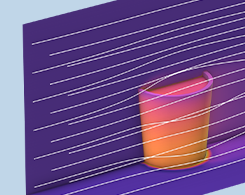
Introduction to Modeling Evaporative Cooling
From meteorology to food processing, evaporation has many industrial and scientific applications. Here, we give an introduction to modeling evaporation with the Heat Transfer Module.
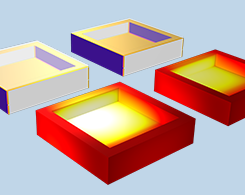
Which Radiation Interface Should I Use for My Heat Transfer Model?
Compared to the mechanisms of heat transfer by conduction and convection, heat transfer by radiation has unique characteristics. How should you account for radiation in your heat transfer models?
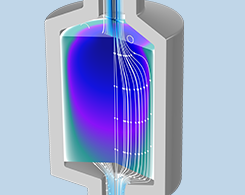
Thermal Equilibrium and Nonequilibrium Heat Transfer in Porous Media
Heat transfer in porous media can occur under thermal equilibrium, such as a rock consisting of different minerals or trapped fluids, or nonequilibrium, like a thermal energy storage (TES) unit.
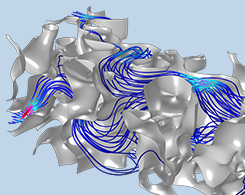
Modeling Darcian and Non-Darcian Flow in Porous Media
Get an introduction to the theory behind modeling flow in porous media, including the Kozeny–Carman, Forchheimer, Ergun, Burke–Plummer, and Navier–Stokes equations.
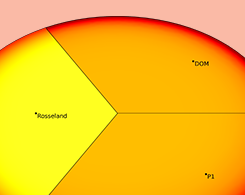
4 Methods to Account for Radiation in Participating Media
The discrete ordinates method, P1 approximation, Rosseland approximation, or the Beer–Lambert law: Which should you use to analyze heat transfer in participating media?
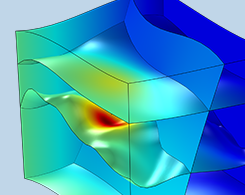
How to Use the Well Feature in Subsurface Flow Models
The Well feature makes it easier to set up and mesh well geometries for subsurface flow modeling. Learn how to take advantage of this feature’s settings and capabilities.
